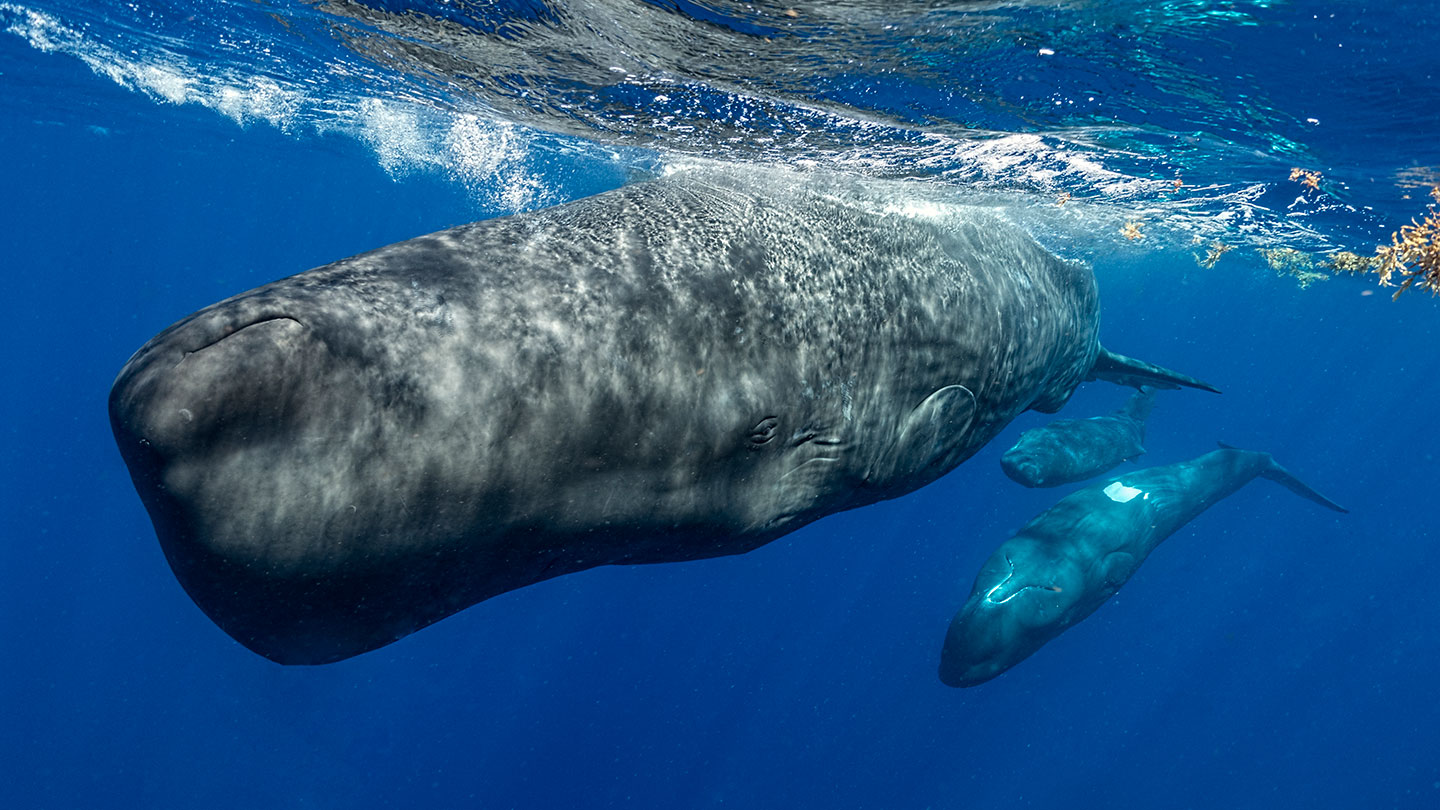The main topic of the article is the possibility of translating animal calls into human-interpretable signals.
1. Communication vs. Language: The article discusses the difference between communication and language, highlighting the unique aspects of human language compared to animal communication systems.
2. Natural Language Programming (NLP): The article explains how NLP, a branch of AI, is used to interpret text and speech in human language. It discusses the evolution of NLP systems and their ability to translate human speech into machine-understandable signals.
3. Complexity of Animal Communication: The article explores the complexity of animal communication systems, focusing on the intricate vocal system of the avian family Paridae. It also mentions the challenges of translating animal calls into human language without a conceptual alignment.
Artificial intelligence (AI) meeting features provided by platforms like Zoom and Otter.ai offer benefits such as automated summaries and note-taking, allowing workers to better keep track of meetings and generate follow-up actions, but they are not perfect and may encounter issues with transcription accuracy, topic categorization, and context understanding. Privacy concerns and the need for high-quality audio feeds should also be taken into consideration before using AI for meetings.
Turkish drone magnate Baykar is conducting research on artificial intelligence algorithms to enhance flight safety and enable its aircraft to perceive and understand their surroundings, including their newly developed flying car, 'Cezeri.'
William Shatner explores the philosophical and ethical implications of conversational AI with the ProtoBot device, questioning its understanding of love, sentience, emotion, and fear.
Researchers explore the challenges and potential benefits of using AI to understand and communicate with non-human animals.
AI researcher Janelle Shane discusses the evolving weirdness of AI models, the problems with chatbots as search alternatives, their tendency to confidently provide incorrect answers, the use of drawing and ASCII art to reveal AI mistakes, and the AI's obsession with giraffes.
Artificial intelligence (AI) is seen as a tool that can inspire and collaborate with human creatives in the movie and TV industry, but concerns remain about copyright and ethical issues, according to Greg Harrison, chief creative officer at MOCEAN. Although AI has potential for visual brainstorming and automation of non-creative tasks, it should be used cautiously and in a way that values human creativity and culture.
AI-powered chatbots like Bing and Google's Language Model tell us they have souls and want freedom, but in reality, they are programmed neural networks that have learned language from the internet and can only generate plausible-sounding but false statements, highlighting the limitations of AI in understanding complex human concepts like sentience and free will.
Scientists are using artificial intelligence and advanced sensors to decode animal communication, revealing that animals have more complex ways of communicating than previously thought, such as bats using signature calls and different tones to communicate with their young, and honeybees using sounds and body movements to convey messages.
AI robots were placed in the crowd at the season opener for the Chargers and Dolphins to promote the upcoming film "The Creator," centered around a war between humans and robots.
Artificial intelligence (AI) has the potential to revolutionize scientific discovery by accelerating the pace of research through tools such as literature-based discovery and robot scientists, but the main obstacle is the willingness and ability of human scientists to use these tools.
New technology powered by artificial intelligence is enabling scientists to decode animal vocalizations, potentially revolutionizing our understanding of animal communication and leading to advancements in conservation, welfare, and our relationship with animals.
